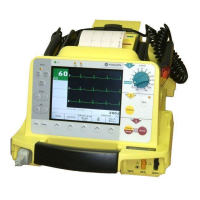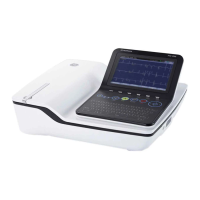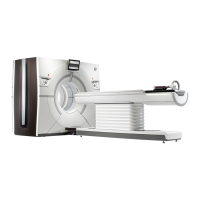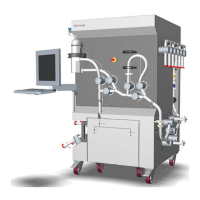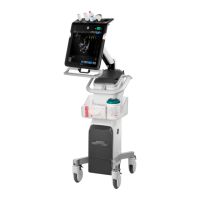2026116-001 Revision B Responder™ 2000 Page 78
RESPONDING TO ALARMS
When an alarm condition occurs and an alarm is indicated, visually and audibly, there are several ways to respond.
Initially:
1. Attend to the patient
2. Identify the alarm(s) indicated
Alarms are grouped into three categories:
• High priority (Warning - requires immediate action)
• Medium priority (Precaution)
• Low priority (Advisory)
Depending on their category, alarms have different visual and/or audible indicators. Higher priority alarm(s) overrides any
medium or lower priority alarms.
HIGH PRIORITY ALARMS
High Priority Alarms are generated by the following:
• ECG is higher or lower than the alarm thresholds.
• SpO
2
% saturation is high or low
• If patient has a shockable rhythm after the user selects to analyze the heart rhythm
• Pads are off during pacing
• ECG leads are off during demand pacing
• Battery low indication
10-beep High priority audible alarm, repeating every 5 seconds.
(Beep-beep-beep…beep-beep…… beep-beep-beep…beep-beep)
These alarms do not occur when the Responder 2000 is initially powered on.
MEDIUM PRIORITY ALARMS
Med Priority Alarms are generated by the following:
• Pads off
• Leads off
• Battery Low
3-beep Medium priority audible alarm, repeating every 4.25 seconds
(Beep-beep-beep)
These alarms do not occur when Responder 2000 is initially powered on.
LOW PRIORITY ALARMS
Low Priority Alarms are generated by the following:
• Therapy system errors
• SPO
2
sensor off
2-beep Low priority audible alarm, repeating every 17.5 seconds
(Beep-beep)
These alarms do not occur when Responder 2000 is initially powered on.
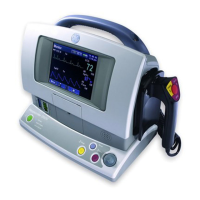
